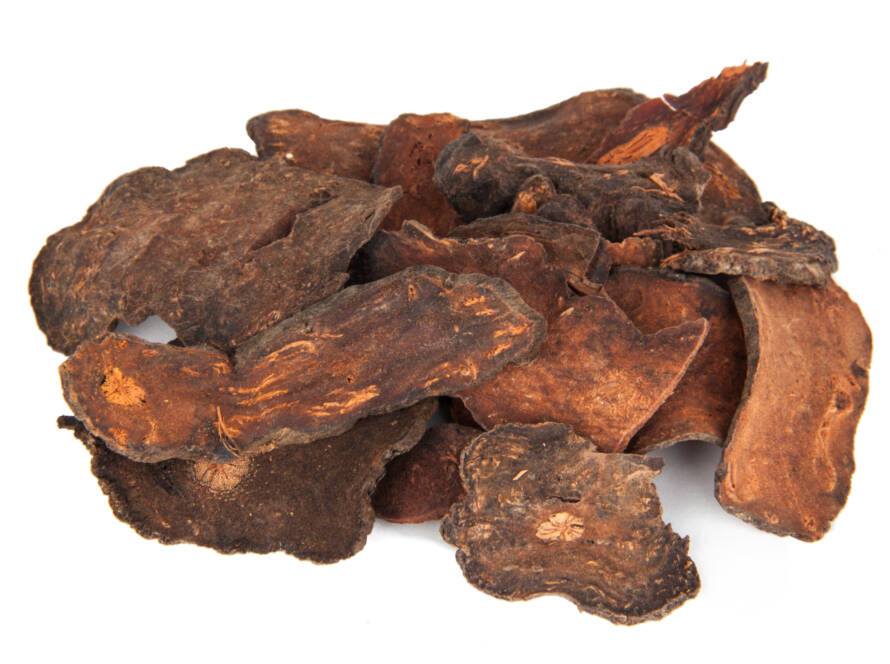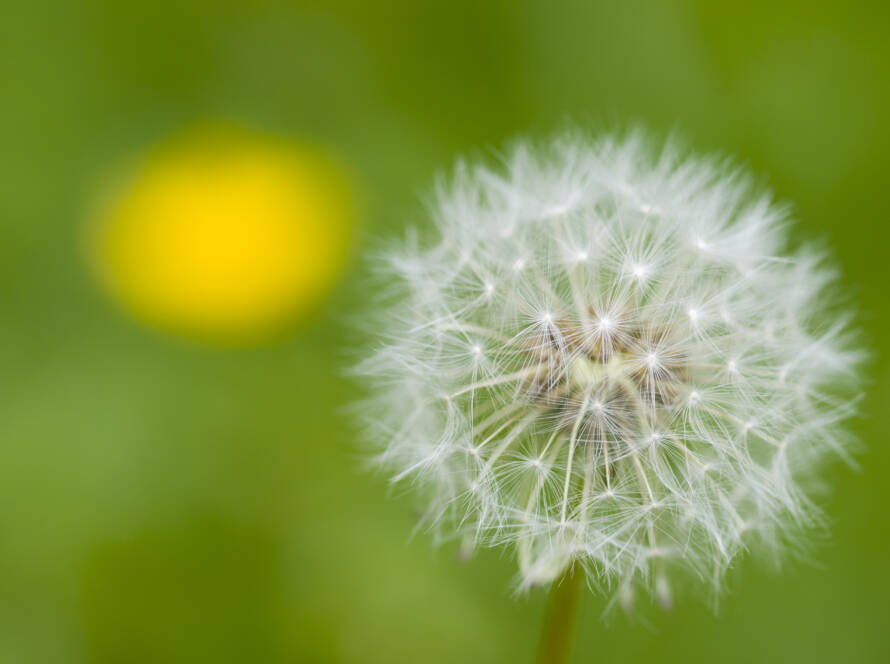Arnica
This fact sheet provides essential information about arnica, a perennial plant known for its medicinal properties.
Common Names
- Arnica
- Leopard’s Bane
- Mountain Tobacco
- Mountain Snuff
- Wolf’s Bane
Latin Name
- Arnica montana
Uses
Arnica is primarily used topically for various conditions, including:
- Bruises
- Sprains
- Muscle aches
- Wound healing
- Superficial phlebitis
- Rheumatic pain
- Inflammation from insect bites
- Swelling due to fractures
Homeopathic preparations of arnica are also utilized to treat sore muscles and conditions resulting from overexertion or trauma.
How It Is Used
Medicinal preparations are made from fresh or dried flower heads of the arnica plant.
Scientific Insights
- The U.S. Food and Drug Administration (FDA) has classified arnica as an unsafe herb for oral ingestion due to associated adverse effects.
- In contrast, Germany offers over 100 arnica preparations for consumer use, while Canada prohibits arnica as a non-medicinal ingredient in oral products.
Side Effects and Cautions
- Arnica can irritate mucous membranes and may cause stomach pain, diarrhea, and vomiting when ingested.
- The plant is considered poisonous, and ingestion can lead to severe symptoms, including dyspnea, cardiac arrest, and potentially death.
Resources
This summary highlights the key aspects of arnica, including its uses, safety concerns, and regulatory status.


